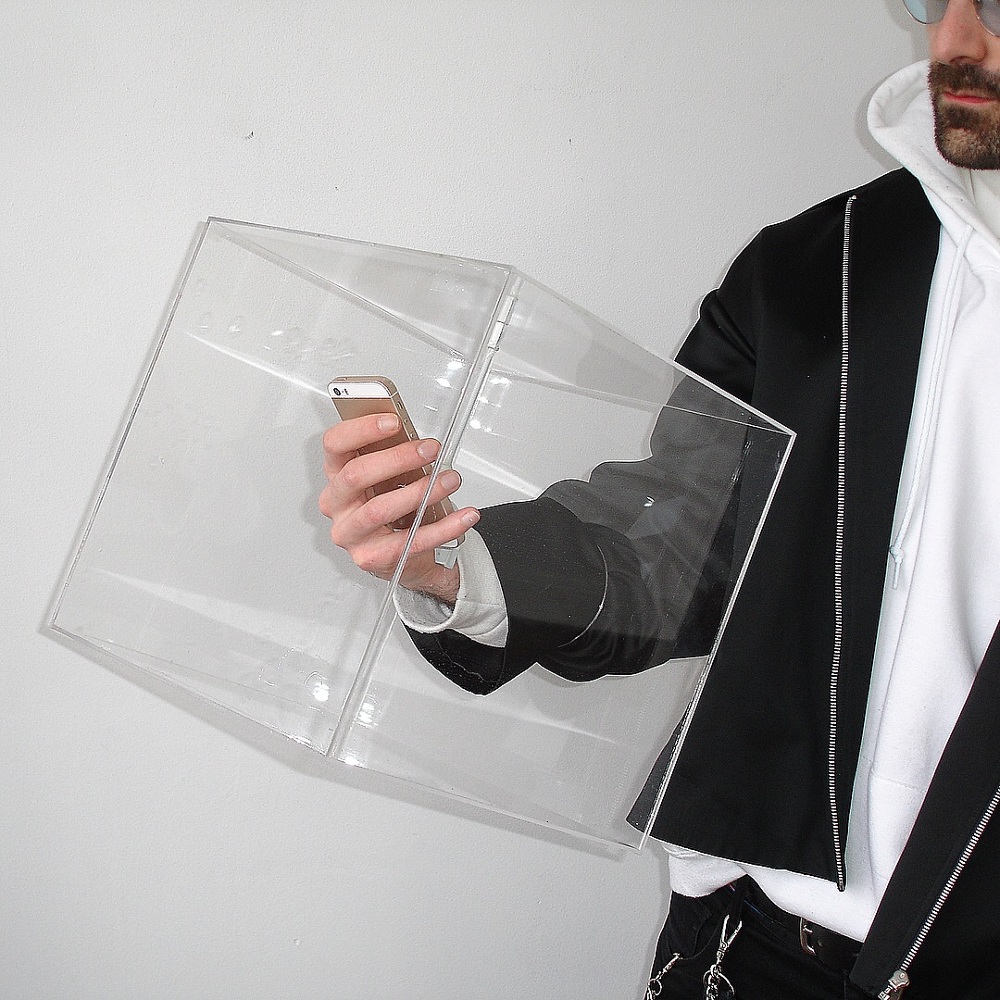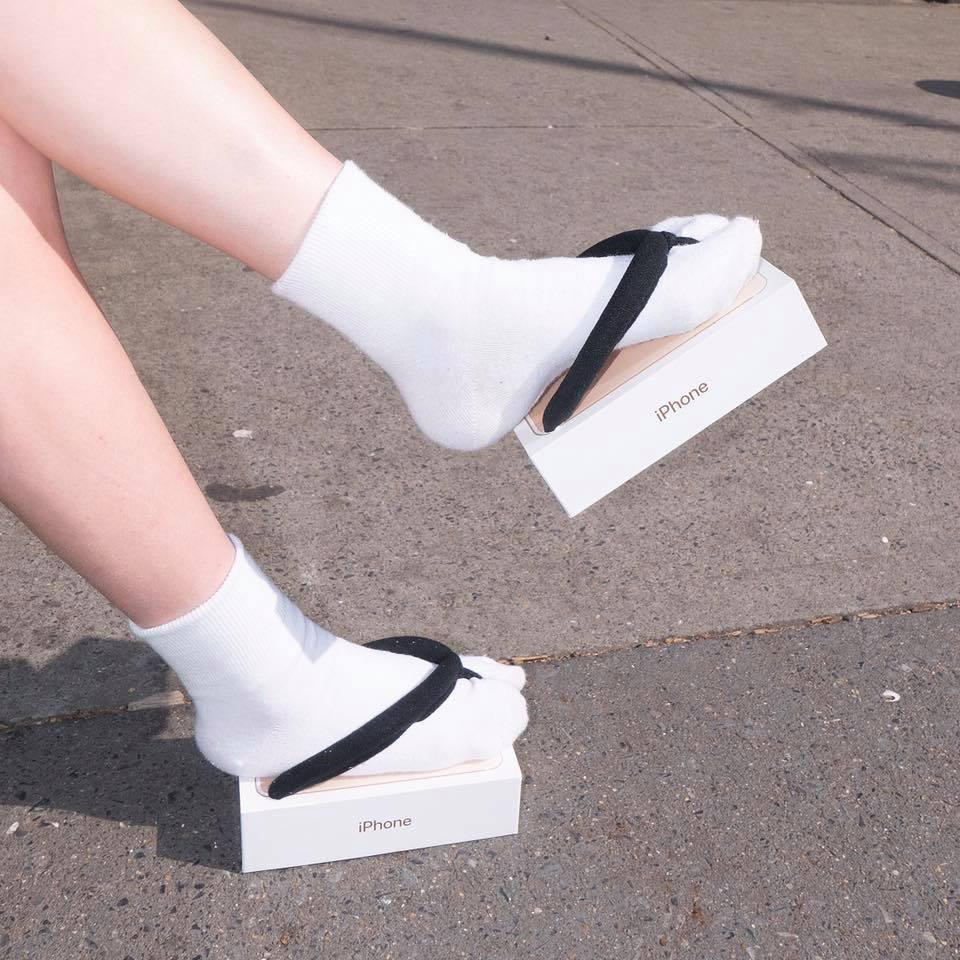This article was originally published on i-D Germany
There are days when we feel blessed, our creativity is next level, and every trivial idea seems to be a life-changing one that will finally make Tabi boots affordable. On others, we stare into the void of our screen and nothing seems to work any more. When this happens, there are several options. You could a) feel sorry for yourself, b) call it quits, or c) look to see what the internet has to offer, a.k.a. procrastinate until you get hungry.
In fact, option c) does not always have to be a negative thing. “I call it positive procrastination, a term I probably came up with to get rid of the guilt associated with wasting time,” explains Belgium-born meme artist Tom Galle. Galle has already worked with clients such as Nike, Netflix, and Google, and is (internet-)famous for his approach to hyper-digital nowness. After living in New York for about five years, and bringing Tinder IRL with an art performance, he recently moved to Berlin.
i-D Germany had a look at his Instagram bio — “takes good photo once/original internet content maker/meme artist/internet advisor” — and put together an interview inspired by it.
Who is this Tom Galle and what does he want to achieve with his work?
I’m a conceptual artist who uses memetic language to make work about a variety of subjects, such as digital culture, contemporary branding, corporate culture, and the effects of technology on our society. My work purposely has a viral or sometimes even clickbait side to it, as it’s intended to travel around the internet and be absorbed into different subcultures.

“My friend and I were playing around with logos and contemporary branding in our work. This concept was much about the violence of corporate culture. The oppression these logos stand for, and our society’s sense of anger or rebellion against these corporations.”
What makes a photo a good photo, in your opinion?
With the proliferation of digital visual culture through platforms like Tumblr and Instagram, literally any photo can end up online and eventually in our social feeds. That means there’s a sort of “flattening” of visual work. Whatever we post ends up competing or being shown alongside an infinite number of other options, all seen as equal or in the same context. I like work that understands this context and works with it — exposing the viewer to the less expected. In a way, it’s starting to feel like a lot of photographers are trained the wrong way, as you can spot them from kilometers away. Their work often feels too fabricated and not authentic, often similar in style and choice of subject.
What does the everyday life of a meme artist look like?
Getting immersed into meme culture and its latest trends is a daily activity. This means spending hours wandering on the internet and looking at pop culture, news, recent events, and all the memes that originate from them. Usually ideas come naturally to me in that process; and the ideas that stick around the longest will be the ones that I’ll move forward with. I call it “positive procrastination,” a term I probably came up with to get rid of the guilt associated with wasting time. I think that procrastinating is part of the creative process, especially now with the internet as our main source of inspiration.
You’re originally from Belgium but lived in New York, until recently. Why did you move to Berlin and how is the city shaping your work as an artist?
After five years of living in New York, I felt it was time for a move. I think I’ve always kept in mind that someday I would move back to Europe, and Berlin seems the obvious choice for someone who aspires to keep developing themselves as an artist or a creative of any kind. The first thing I noticed, and kind of forgot, about Europe, is that we’re really a step behind in terms of meme culture. Sure, you can still follow the same meme accounts as people in the US, but it’s not entirely the same experience if you’re not ‘experiencing’ the contents of the memes you’re consuming, as most of them still seem to originate in the US.
If you could give all the artists out there a piece of life advice, what would it be?
Not to care too much. There are too many opinions on the internet anyway, so sticking to yours will always be a difficult enough task. That’s not to say don’t listen to constructive feedback or don’t be critical with your own work. Social media has led to a sort of exhibitionism, where everyone constantly exposes their emotions and opinions about literally everything. It’s easy to get caught up in that or take things personally. When that happens, just log off.
See more of Tom’s art below:




“I travelled a lot to Japan back in the day, and took inspiration from the culture there. There were a bunch of references I was playing around with, and I liked the idea that the Japanese ‘Geta’ could be turned into these tech fetish objects.”
